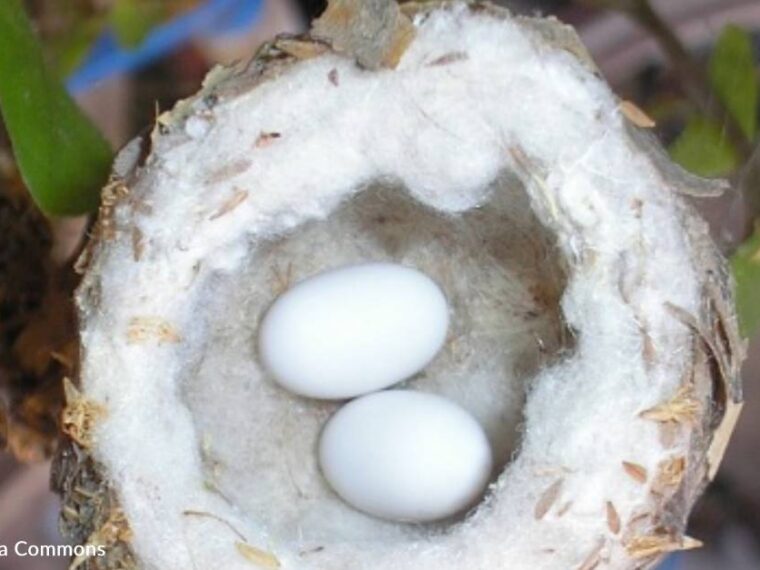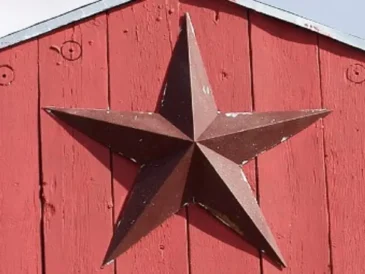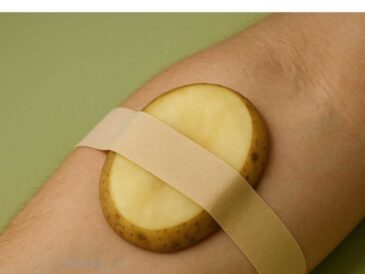Have you ever been trimming a hedge or tending to your flower bed and suddenly noticed a tiny nest tucked away among the branches? Inside, you might spot delicate eggs no bigger than jellybeans. If so, you’ve likely stumbled upon one of nature’s most incredible wonders: a hummingbird nest.
Before you get too close, here’s what you need to know — these nests are not only precious but also protected by wildlife laws in many regions.
🌸 Why Hummingbird Nests Are So Special
Hummingbirds are among the smallest birds in the world, and their nests reflect that remarkable size. Made from spider silk, moss, and lichen, a typical nest is no larger than a walnut shell. The silk allows the nest to stretch as the chicks grow, while the outer camouflage keeps predators away.
Within these nests, a female hummingbird typically lays two eggs, each about the size of a pea. Watching them hatch and grow is a breathtaking reminder of how fragile and extraordinary wildlife can be.
⚖️ Protected by Law
In many countries, including the United States under the Migratory Bird Treaty Act, it is illegal to disturb, move, or destroy a hummingbird nest. This protection covers:
✅ The eggs inside the nest
✅ The nest itself, even if it appears abandoned
✅ The birds while nesting or feeding their young
Violations can lead to hefty fines and legal consequences. Local wildlife agencies strongly advise homeowners and gardeners to observe from a distance and avoid interfering.
🌿 What To Do If You Find a Hummingbird Nest
-
Do not touch or move it. Even if the location seems inconvenient, moving a nest can cause the mother to abandon her young.
-
Mark the area. If the nest is near a path or where you work in the yard, place a small marker so you remember to avoid disturbing it.
-
Hold off on trimming or pruning. Wait until the chicks have hatched and flown away before doing major yard work.
-
Keep pets away. Cats and dogs are curious, so it’s best to restrict access until the nest is empty.
🏡 Creating a Safe Yard for Hummingbirds
If you love attracting hummingbirds, here are some ways to make your yard a safe haven:
✨ Plant nectar-rich flowers like trumpet vine, bee balm, and salvia.
✨ Hang clean hummingbird feeders and refresh them with sugar water every few days.
✨ Avoid pesticides, which can harm both insects and birds.
✨ Provide small sheltered areas like shrubs and hedges for nesting.
🌺 Why Protecting Hummingbirds Matters
continue reading in page 2




